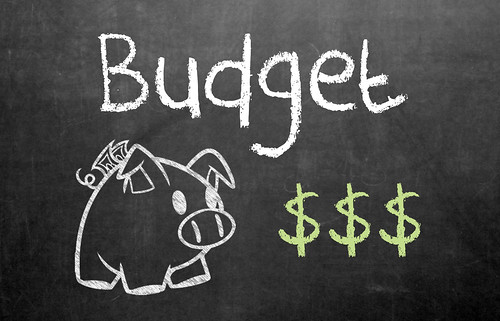As a parent or caregiver, you may have experienced your child wanting an expensive toy, asking for chocolate chip cookies at the grocery store, or demanding a high-priced pair of shoes. How do you have a rational conversation with your child explaining the difference between wanting that expensive item and paying for private school or needing healthy food over sugary cookies? This article will give tips on teaching your child the essential differences between a want and a need.
What Is a Need and a Want?
You’ll want to define a need and a want when opening the discussion about the differences. A need is something everyone must have for survival, such as food, water, clothes, shelter, and medical care. A want goes beyond the need to live and function, such as a boat, extravagant clothes, jewelry, or high-end food products like expensive imported chocolate.
However, adults and children often blur the line between needs and wants as some wants may enhance life and bring happiness to individuals or a family, like a new smart TV or brand-new SUV. Creating a budget listing needs like your home mortgage, utilities, groceries, clothes, savings, and medical care can show you and your family how much you need for these essentials and how much you can spend on wants. It’s up to each family member to decide what a want is and how much each person desires to spend on wants.
Why Is It Important to Teach Children the Difference Between Wants and Needs?
When you teach your children the difference between a want and a need, you’re helping them learn about financial priorities, a skill they can carry throughout their lives. You’ll want to find out why they think they need something. For example, if all the kids at school wear a select brand of expensive shoes, your children may think they need the same brand of shoes to become accepted at school.
If this is the case, you can share that the shoes people wear don’t define who they are. You can emphasize how the importance of being kind to others, helping their peers, and respecting their teachers are far more valuable characteristics than wearing a pair of fad shoes.
If your children still believe these shoes are a need, you can discuss with them ways to earn money to purchase the shoes, such as getting paid to weed a neighbor’s yard, organizing a yard sale, or taking on extra household chores to earn cash. When kids work for money to buy something they want but don’t need, they’ll learn the value of the time and effort it takes to purchase that want.
Why Do Some Children Struggle With Understanding the Difference Between Wants and Needs?
Young children rarely understand the difference between something they need to survive on and something they want for instant gratification. They may encounter their parents misusing the word need, such as hearing their parents say they need a new boat, a fancy coffee drink, or jewelry. Children will model their behavior based on their parents’ words. As a parent, it’s essential to understand how you verbalize wants and needs so your child can start distinguishing the differences between them.
What’s the Best Way to Teach Kids About Wants and Needs?

Budget by Got Credit is licensed with CC BY 2.0
You can teach your kids about the difference between wants and needs in fun ways. Children often learn best when taught joyfully and playfully. Explore a few tips for teaching kids about wants and needs.
Involve Them in the Budget Process
Even young children can learn about budgeting during the family’s weekly or monthly budgeting session. As you work on your budget, have one column dedicated to needs and add up your expenses. Next, have another column for wants like entertainment, toys, clothes, electronics, and “fun” foods.
The family can look at the budget and see how much money beyond the needs list should go into savings or emergency accounts and see how much can go into a wants list. You can also make an imaginary budget for your children with a list of what their needs are, and they can list what their wants are. Your children can see how much they have left after they pay for their needs. They’ll gain an appreciation for how to budget the remaining money for wants.
Have Your Kids Go Grocery Shopping With You
As you move through the aisles of the grocery store, pick up items and ask your children if the product is a want or a need. Be sure to discuss beforehand how important it is to have healthy food in the house, such as fresh fruits and vegetables, dairy products, grains, and proteins. If you pick up a box of cookies, they should say the cookies are a want, and when you pick up an apple, they should recognize the fruit is a need.
Use Pictures to Compare Wants vs. Needs
Using pictures is a fun way to compare wants vs. needs. Show your children a picture of a pair of simple shoes and one of a pair of expensive fashionable ones. See which image they choose. Hold up a picture of a bottle of water next to a soda bottle and see which product they choose. You can do this with various items such as toys, video games, clothing, and collectibles to help them visualize the difference between wants and needs.
Teaching kids early in life how to distinguish between wants and needs can help them understand the value of money, how to reuse items they already have instead of tossing them aside, and the importance of having enough money to survive. Do you have other tips for how to teach your kids the difference between wants and needs? If you do, let our team at Crème de la Crème know so that we can share your suggestions with other parents.
